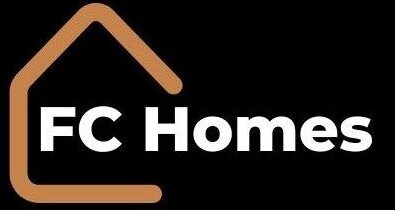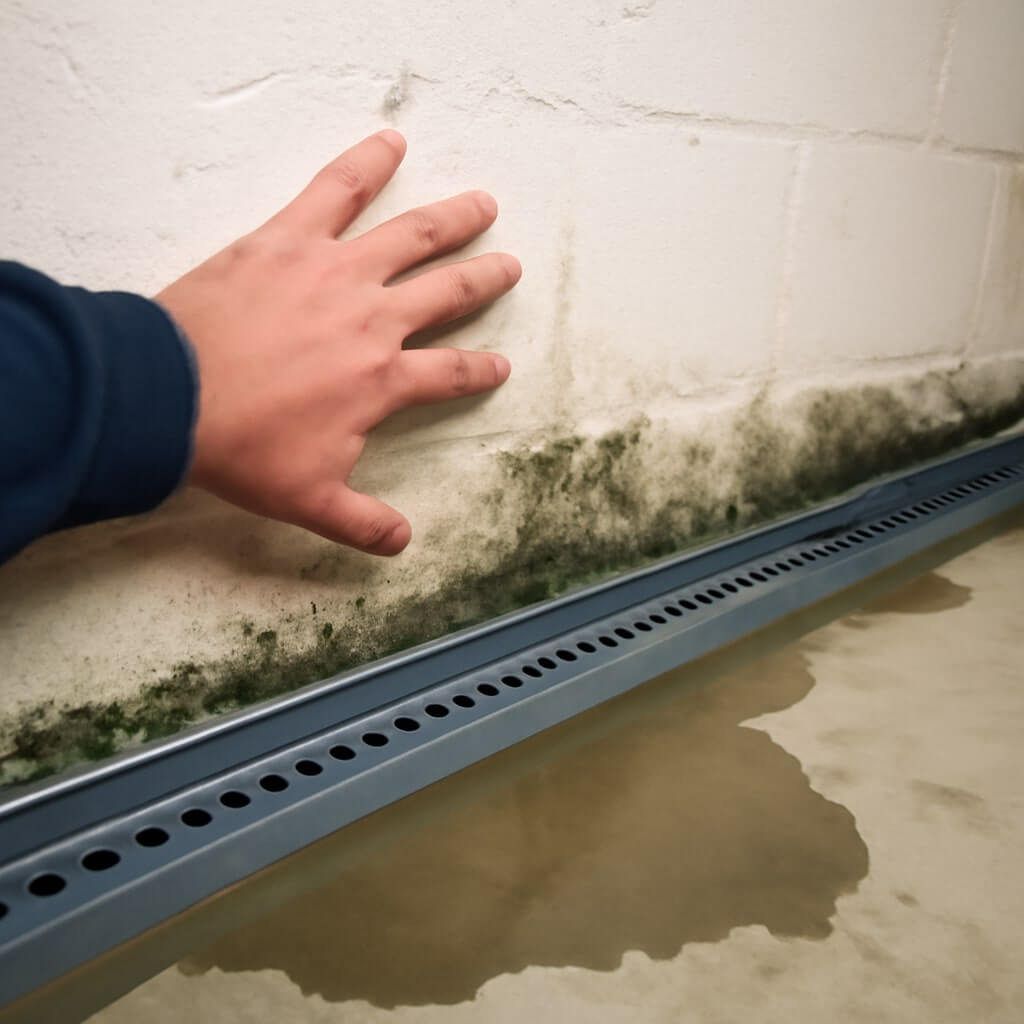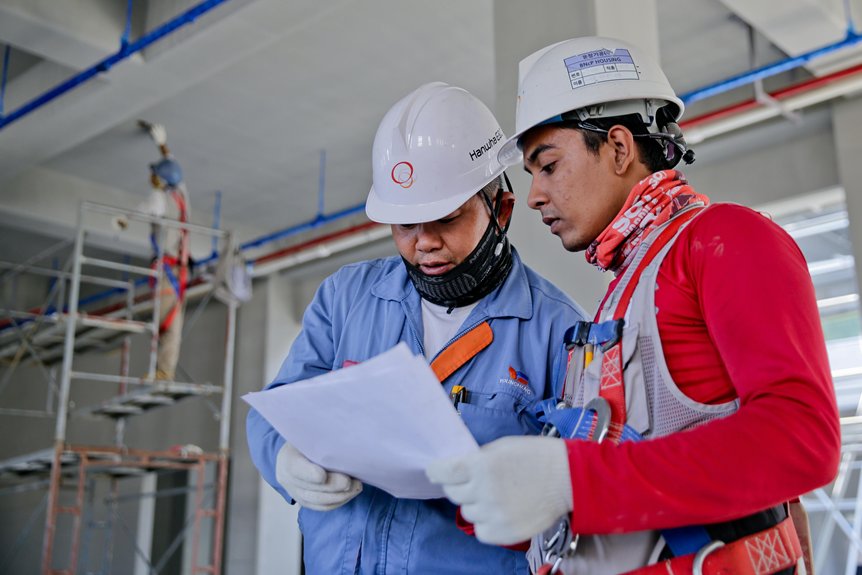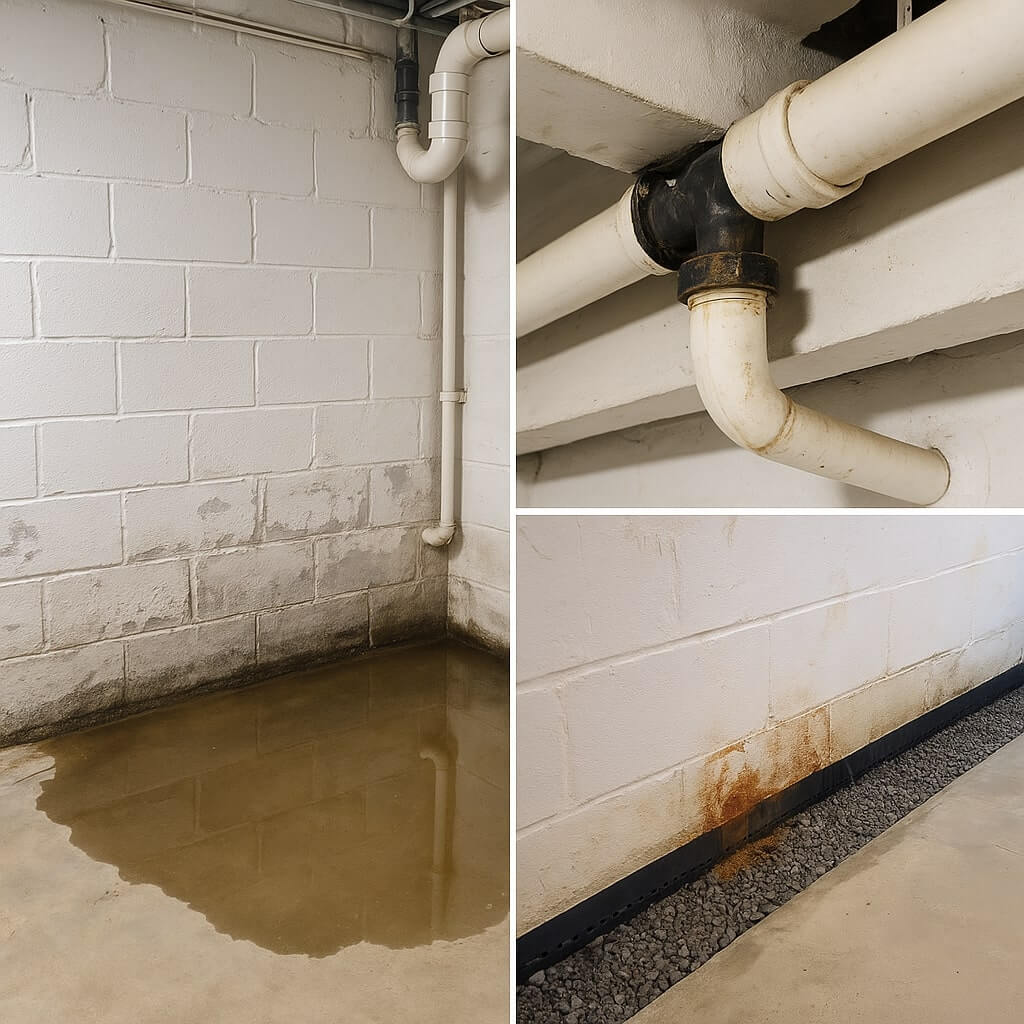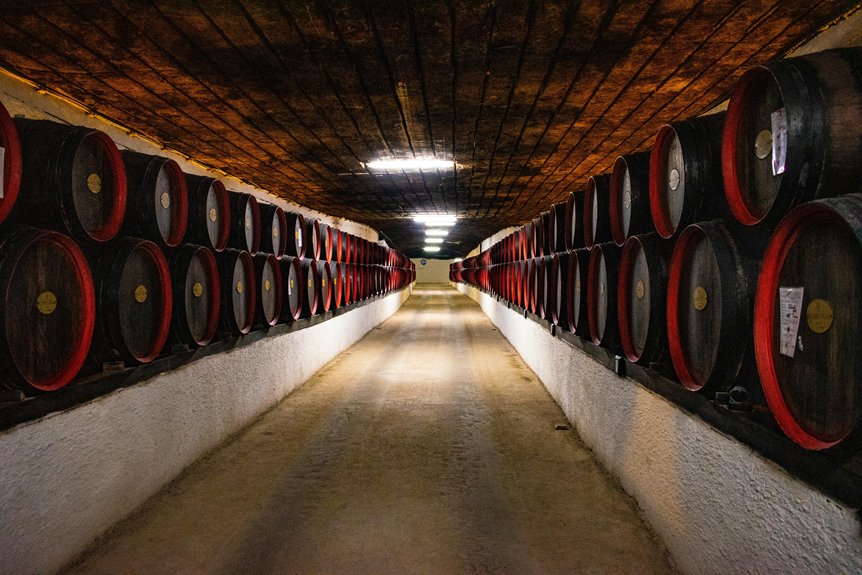When you think about homeowners insurance, it’s essential to understand what it covers and what it doesn’t. Basement waterproofing often falls into a gray area, as many policies exclude costs related to preventive measures. This raises an important question: if your basement floods due to a sudden issue, will your insurance help? As you explore the nuances of your policy, you’ll want to reflect on how to protect your home effectively and financially.
Key Takeaways
- Homeowners insurance typically does not cover basement waterproofing costs as it falls under preventive maintenance.
- Standard policies often exclude coverage for damage caused by routine wear and tear, including waterproofing.
- Claims for water damage may be accepted if sudden damage occurs, but waterproofing is not usually covered.
- Mold and humidity issues related to waterproofing are often excluded from standard coverage as well.
- Reviewing your specific policy is crucial to understand coverage limitations regarding waterproofing and related repairs.
Understanding Homeowners Insurance Policies
When you explore homeowners insurance policies, it’s essential to understand the key components that determine your coverage.
You’ll need to examine coverage limits, which specify the maximum amount your insurer will pay for claims. This guarantees you’re adequately protected in case of damage.
Additionally, be aware of policy exclusions that outline specific circumstances not covered by your insurance. For instance, certain types of water damage might be excluded from your policy, impacting your basement’s protection.
Understanding these factors allows you to make informed decisions about selecting the right homeowners insurance and safeguarding your property effectively.
Common Causes of Basement Water Damage
Basement water damage can stem from several common issues that homeowners often overlook.
Heavy rainfall can overwhelm your drainage systems, while poor drainage can lead to water pooling around your foundation.
Additionally, foundation cracks can allow moisture to seep in, compounding the problem if not addressed promptly.
Heavy Rainfall Impact
Heavy rainfall can greatly increase the risk of basement water damage, particularly if your home isn’t equipped with proper drainage systems.
As rainfall frequency rises due to climate change, the likelihood of overwhelming your existing systems becomes significant. Excess water can seep through cracks and porous materials, leading to moisture build-up and potential mold growth.
You might also find that heavy downpours can saturate the ground surrounding your foundation, raising hydrostatic pressure and causing leaks.
Understanding these impacts is essential for effective prevention strategies, ensuring your basement remains dry and protected from the consequences of increased rainfall and environmental shifts.
Poor Drainage Systems
Inadequate drainage systems greatly contribute to basement water damage, especially during periods of heavy rainfall. Poor drainage can cause water pooling around your home’s foundation, leading to leaks and potential structural damage. Addressing these issues promptly can save you from costly repairs.
| Cause of Poor Drainage | Impact on Basement |
|---|---|
| Clogged Gutters | Water pooling near walls |
| Improper Grading | Water flows towards home |
| Damaged Downspouts | Inadequate water diversion |
Foundation Cracks Issues
While homeowners often overlook foundation cracks, they can be a significant source of basement water damage.
Understanding the common causes of these issues is essential for effective foundation repair and preventing water leakage:
- Soil Movement: Changes in soil moisture can create pressure on your foundation, leading to cracks.
- Poor Construction: Inadequate building materials or methods can result in weak foundations susceptible to damage.
- Age: Over time, foundations naturally weaken, making them more prone to cracking and water intrusion.
Addressing these factors promptly can help you mitigate damage and maintain your home’s integrity.
What Basement Waterproofing Entails
Basement waterproofing involves a series of methods designed to prevent water intrusion and protect your home’s foundation.
You might consider various basement sealing techniques, including applying sealants to walls and floors or installing drainage systems. These methods help to direct water away from your foundation.
Additionally, waterproofing materials, such as membranes and coatings, play an important role in creating a barrier against moisture.
Choosing the right combination of techniques and materials is essential for effective waterproofing.
Types of Coverage Offered by Homeowners Insurance
When considering homeowners insurance, it’s essential to understand the types of coverage available and any exclusions that might apply.
Standard policies often don’t cover certain risks, particularly those related to water damage from basement flooding.
However, you can enhance your protection with additional endorsements that specifically address these gaps.
Standard Coverage Exclusions
Homeowners insurance provides essential protection for your property, yet it often comes with standard coverage exclusions that can leave you vulnerable.
Understanding these standard policy exclusions is vital, especially regarding basement coverage limitations. Here are three common exclusions you should be aware of:
- Flood Damage: Most policies don’t cover damages caused by flooding, which is a significant risk for basements.
- Wear and Tear: Routine maintenance issues, like aging waterproofing systems, typically aren’t covered.
- Sewer Backup: Damage from sewer backups often requires separate coverage, leaving many homeowners unprotected.
Being informed helps you make better decisions regarding your insurance needs.
Additional Endorsements Available
Understanding the limitations of standard homeowners insurance coverage can prompt you to contemplate additional endorsements that enhance your policy.
These endorsement options can provide you with additional coverage for specific risks that standard policies often overlook. For instance, you might consider water backup coverage, which addresses damage from sewer backups that can affect basements.
Additionally, you can look into sump pump failure coverage, protecting you from losses due to malfunctioning equipment.
Exclusions in Homeowners Insurance Policies
While many homeowners assume their insurance covers all potential damages, significant exclusions often lurk within policies.
It’s vital to understand these exclusions, as they can affect your coverage limits and overall protection. Be aware of the following common exclusions:
- Flood Damage: Most homeowners policies don’t cover flooding unless you have a separate flood policy.
- Sewer Backup: Damage from sewer backups typically requires additional coverage.
- Negligence: If you neglect maintenance, your insurer may deny claims related to resulting damage.
Policy variations can further complicate these exclusions, so always review your specific terms carefully.
How to File a Claim for Water Damage
When you’re faced with water damage, knowing how to file a claim is essential.
You’ll need to gather specific documentation to support your case and follow a series of steps to guarantee a smooth process.
Understanding these requirements can greatly impact the outcome of your claim.
Claim Documentation Requirements
Filing a claim for water damage can be a straightforward process if you gather the necessary documentation.
Understanding the claim types and following the documentation process is vital for a successful outcome.
Here are three essential items you need:
- Photographic Evidence: Capture images of the damage to provide a visual record for your insurer.
- Repair Estimates: Obtain detailed estimates from licensed contractors to substantiate your claim.
- Water Damage Report: Include any official assessments or reports regarding the source and extent of the water damage.
Collecting these documents will streamline your claim submission and improve your chances of approval.
Steps to File Claim
If you’ve experienced water damage, taking the right steps to file a claim can markedly influence the outcome.
Start by documenting the damage with photos and notes. Next, notify your insurer promptly to initiate the claim process. Review your policy to understand your insurance coverage and any exclusions.
Fill out the claim form accurately, providing necessary details about the incident. Submit all documentation, including estimates for repairs.
Keep a record of all communications with your insurer. Finally, follow up to guarantee your claim is being processed efficiently, as this proactive approach can expedite resolution and maximize your compensation.
The Importance of Preventive Measures
While many homeowners focus on addressing issues after they arise, investing in preventive measures against water damage is essential for protecting your property and guaranteeing peace of mind.
By prioritizing preventive maintenance, you can markedly reduce the risk of costly repairs and mold growth.
Here are three key actions to take into account:
- Inspect gutters and downspouts regularly to verify proper drainage.
- Seal cracks in the foundation and basement walls to prevent water intrusion.
- Install a sump pump to manage excess water effectively.
Implementing these measures not only safeguards your home but also enhances its overall value.
Homeowners Insurance and Mold Damage
Understanding the nuances of homeowners insurance is essential, especially when it comes to mold damage, as many policies have specific exclusions or limitations regarding coverage. Mold prevention and humidity control play vital roles in minimizing risks. Here’s a breakdown of common policy features:
| Coverage Aspect | Details |
|---|---|
| Mold Coverage | Often excluded or limited |
| Preventive Measures | May not cover costs for prevention |
| Humidity Control | Generally not included |
| Claims Process | Requires proof of sudden damage |
| Policy Review | Essential to understand your coverage |
Always review your policy to understand your specific mold coverage.
Alternatives to Insurance for Waterproofing Costs
When considering alternatives to insurance for waterproofing costs, it’s crucial to explore proactive measures that can mitigate potential water damage in your basement.
Here are three options:
- DIY Waterproofing: You can tackle minor issues yourself using sealants and drainage solutions, saving on labor costs.
- Home Improvement Grants: Look for local or federal programs offering financial assistance for home repairs, including waterproofing.
- Savings Fund: Establish a dedicated savings account for home maintenance; this gives you a financial buffer for unexpected repairs without relying on insurance.
Tips for Choosing the Right Waterproofing Solutions
Choosing the right waterproofing solutions for your basement can greatly impact your home’s resilience against water damage.
Start by evaluating your specific needs, considering factors like soil type and water table levels.
Research various waterproofing materials, such as membranes, coatings, and sealants, to find the most suitable option for your environment.
Additionally, explore drainage solutions, including French drains and sump pumps, which can effectively manage water flow.
Consult with professionals to guarantee proper installation and to understand maintenance requirements.
Conclusion
In conclusion, homeowners insurance typically doesn’t cover basement waterproofing costs, focusing instead on damage from sudden incidents. Understanding your policy’s exclusions is essential, as relying solely on insurance for preventive measures isn’t advisable. Instead, consider budgeting for waterproofing solutions to safeguard your home. By taking proactive steps, you can minimize the risk of water damage and potential mold growth, ultimately protecting your investment and ensuring a safer living environment.
